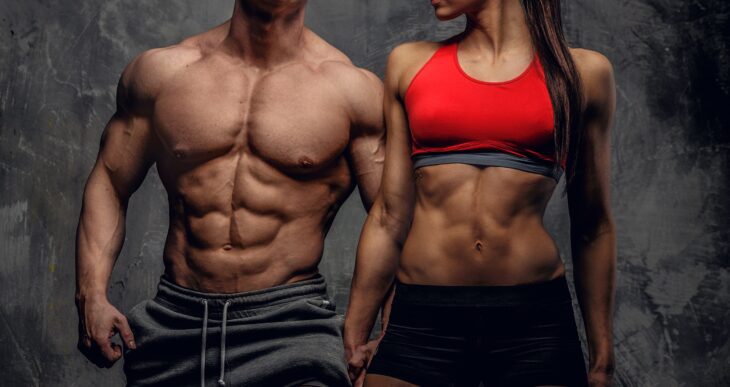
How to Know If You Have Good Bodybuilding Genetics? 12 Things to Know
Bodybuilding is a journey unique to each individual, but genetics play a pivotal role in shaping this path. Recognizing whether you have the genetic makeup conducive to excelling in bodybuilding can guide your training and expectations. This article explores 12 key indicators of favorable bodybuilding genetics.
1. Muscle Insertions and Belly Length
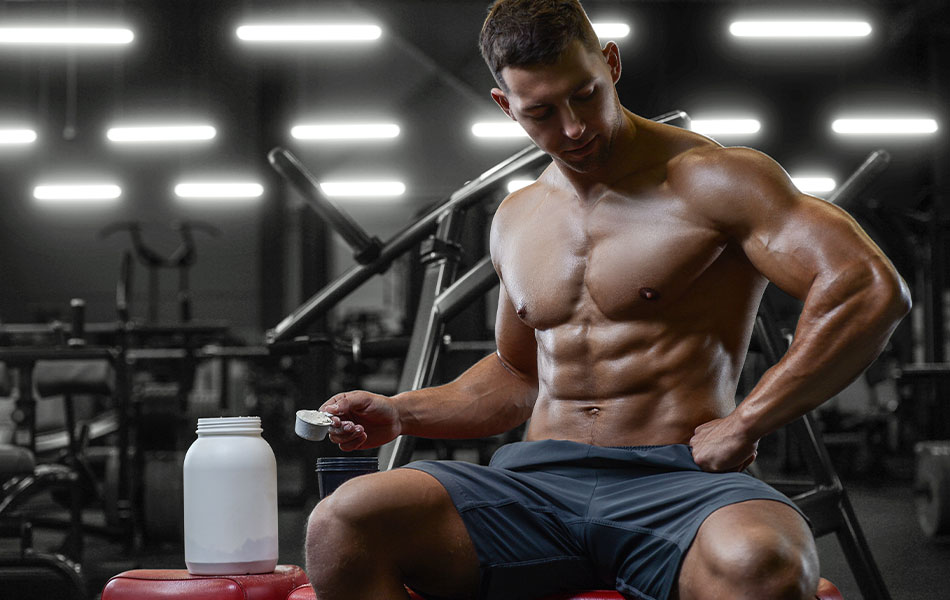
Muscle insertions and the length of muscle bellies are critical in bodybuilding, as they influence shape and fullness. These genetic traits can significantly impact your aesthetic appeal on stage.
The points on a muscle that joins a bone are called muscle insertions. A more attractive appearance is produced by favorable insertions, which provide the appearance of longer, fuller muscles. A bicep that is low in relation to the elbow, for example, will seem bigger and more developed.
Long muscle bellies fill the space between joints, giving a fuller and more developed appearance. Short muscle bellies, in contrast, leave gaps between the muscle and the joints, which is less desirable in bodybuilding. This trait is purely genetic and varies greatly among individuals.
2. Bone Structure
A wide clavicle gives the appearance of broad shoulders, creating a desirable V-taper that enhances the aesthetic of the upper body. This genetic trait provides a more favorable platform for upper-body muscle development.
Smaller wrists and ankles often indicate a naturally lean physique. However, they also suggest a lighter skeletal frame, which may limit the absolute amount of muscle you can carry. This trait can influence the look of muscularity and definition.
3. Muscle Fiber Composition
Type I fibers, or slow-twitch fibers, are more endurance-oriented, while Type II fibers, or fast-twitch fibers, are crucial for power and muscle size. Individuals with a higher proportion of Type II fibers may find it easier to gain muscle mass and strength.
Your fiber composition influences how your muscles respond to different training styles. Those with a predominance of fast-twitch fibers may excel in explosive movements and hypertrophy training, leading to significant growth.
4. Testosterone and Hormonal Levels
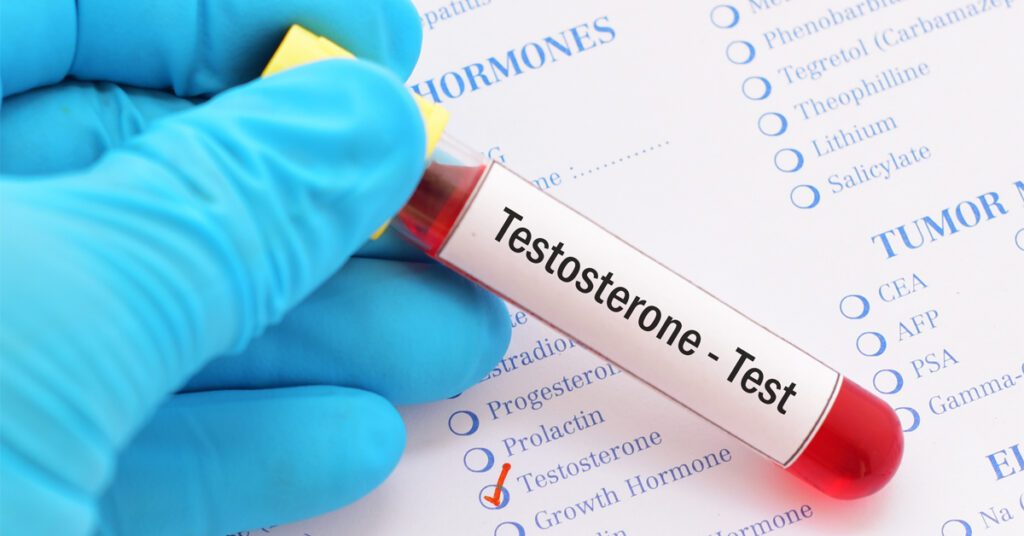
Hormones, particularly testosterone, play a vital role in growth and fat distribution. Your genetic hormonal baseline can impact your bodybuilding progress.
Higher natural testosterone levels facilitate easier muscle growth and fat loss, contributing to a more muscular and leaner physique. Testosterone’s role in synthesis is crucial for bodybuilding success.
Beyond testosterone, other hormones like growth hormone and insulin-like growth factors also influence muscle growth and body composition. A favorable hormonal balance can enhance your bodybuilding potential.
5. Fat Distribution and Body Composition
Genetics determine your body’s tendency to store fat and your natural body composition, which can influence your bodybuilding aesthetics.
Your genetic predisposition to where your body stores fat affects how muscular you appear, especially at higher body fat percentages. Some individuals may store fat evenly, maintaining a more aesthetic look even with additional body fat.
Individuals with a naturally leaner physique have an advantage in bodybuilding, as they can more easily achieve the low body fat percentages required for competition without losing significant mass.
6. Recovery and Injury Resilience
Your ability to recover from workouts and resist injuries is partly genetic. This capability can significantly impact your training frequency, intensity, and overall progress in bodybuilding.
A fast recovery rate allows for more frequent and intense training sessions, accelerating growth and development. This trait varies widely among individuals and can be a crucial advantage in bodybuilding. For example, athletes affiliated with Texas Bodybuilders, a community known for its rigorous training ethos and competitive success, often emphasize the importance of quick recovery.
Their ability to bounce back swiftly from intense workouts not only fuels their progress but also sets a benchmark in the bodybuilding landscape. This adaptability, celebrated within the Texas Bodybuilders network, underscores the value of recovery in achieving peak physical form.
7. Metabolic Rate and Efficiency
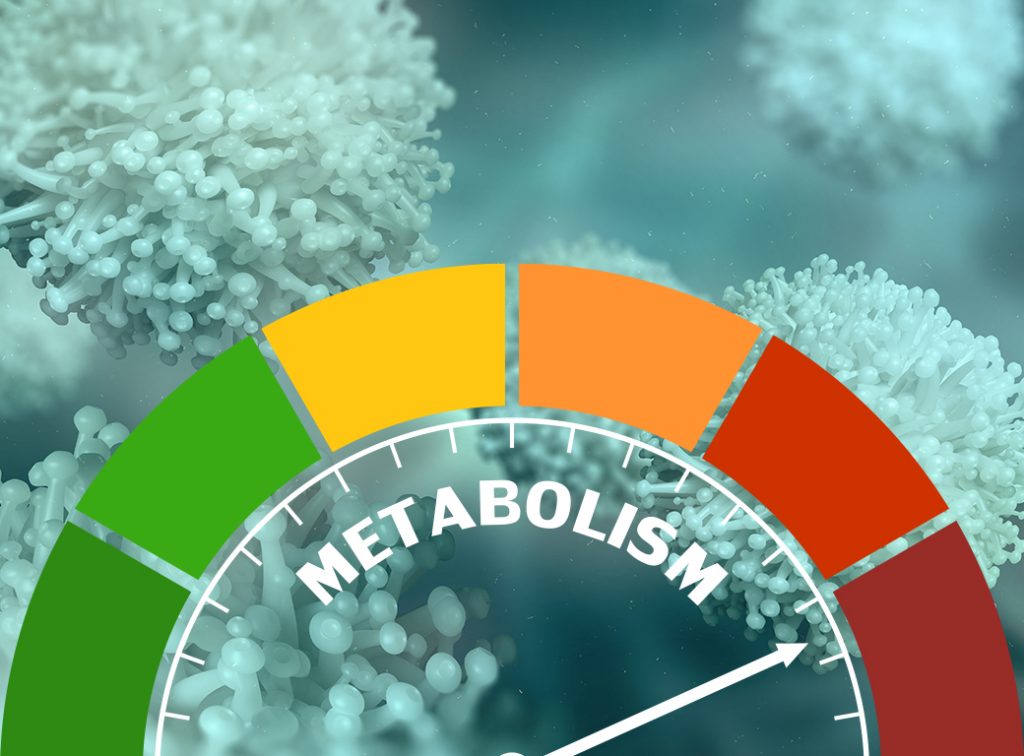
Your metabolism plays a key role in how efficiently your body uses energy, affecting your ability to gain muscle and lose fat.
A higher BMR means your body burns more calories at rest, which can make it easier to maintain a lean physique. This genetic trait influences how easily you can gain or lose weight.
8. Adaptability to Training Stimuli
Individuals who quickly adapt to training stimuli often experience rapid gains in muscle size and strength. This genetic trait allows for continual progress and development.
Some people have a genetic predisposition to avoid plateaus, continually making progress in their training. This ability is beneficial for long-term success.
9. Psychological Traits and Mindset
A high pain tolerance and mental toughness allow for more intense and productive workouts. These psychological traits are essential for pushing through challenging training sessions and competitions.
The discipline to stick to a strict diet and training regimen is vital in bodybuilding. Genetic factors can influence your natural inclination towards consistency and hard work in pursuing your goals.
10. Vascularity and Skin Thickness
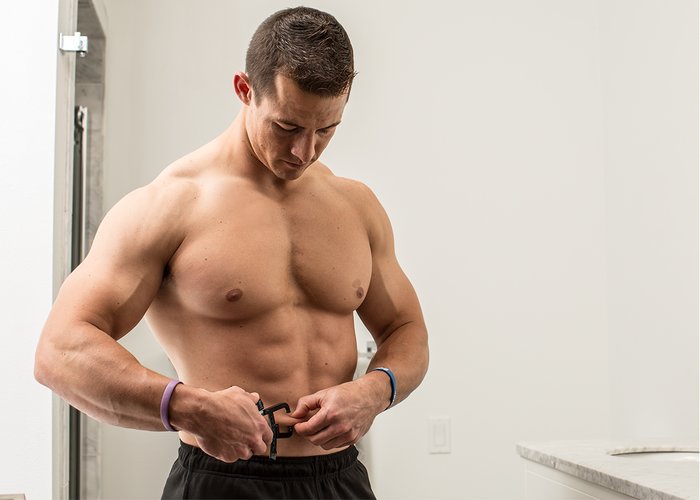
Vascularity and skin thickness impact the visual presentation of muscles, affecting the overall aesthetic appeal in bodybuilding.
High vascularity enhances the appearance, making them look more defined. This trait is partially genetic and can be influenced by body fat levels and size.
Thinner skin can make muscles appear more defined and detailed, contributing to a more impressive physique on stage. This characteristic is largely determined by genetics.
11. Age of Onset for Muscle Development
Individuals who naturally develop muscle mass at an early age may have a genetic advantage in bodybuilding, as they can build upon an already solid foundation.
Significant growth during puberty or growth spurts can be a sign of good genetics, indicating a predisposition to development.
12. Symmetry and Proportion
Symmetry and proportion are key components of a winning bodybuilding physique, heavily influenced by genetics.
A naturally symmetrical body provides a strong foundation for building a balanced and aesthetically pleasing physique, crucial for success in competitions.
The ability to develop muscles in a balanced and proportional manner across the body can enhance your potential. This trait helps in achieving the desired aesthetic balance in the physique.
Conclusion
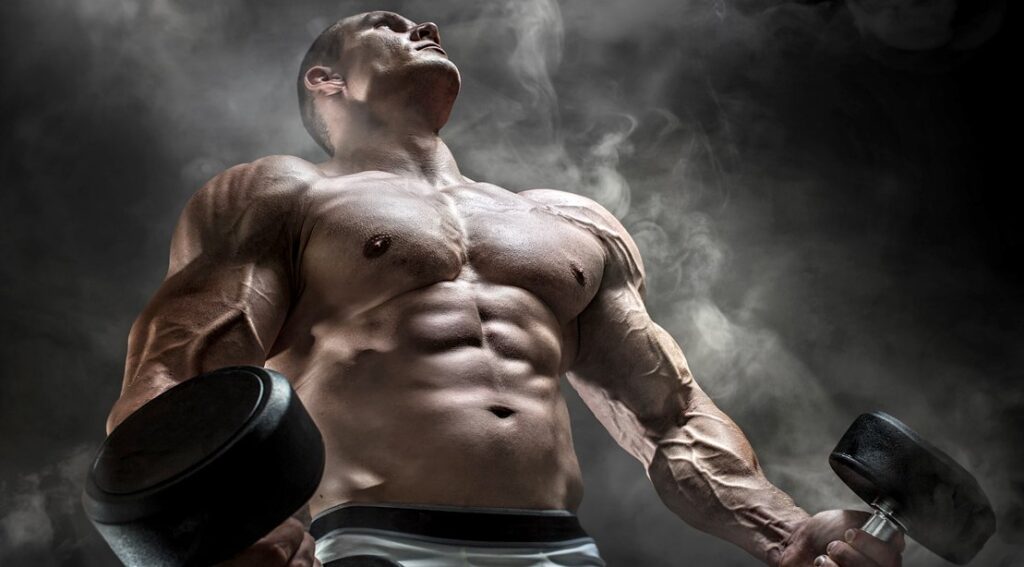
In conclusion, while genetics play a significant role in bodybuilding potential, dedication, hard work, and smart training can help maximize your genetic gifts. Understanding your genetic predispositions can guide your training and nutrition strategies, allowing you to work with your body rather than against it. Remember, every bodybuilder’s journey is unique, and personal achievements are what truly define success in this sport.